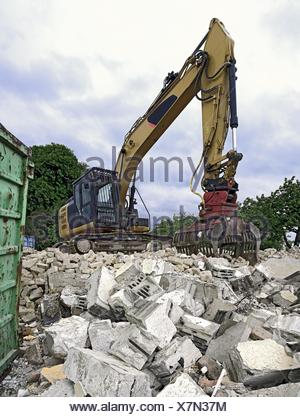
More than half of all the city’s houses and public buildings were totally destroyed, and nearly all of the others suffered partial damage. The city of Cologne was also heavily hit by Allied bombers. But after an extensive renovation project, the Schuttberg was converted into recreational area hiking and a place to enjoy nature. Until the 1980s, the Augsburg-Nord landfill remained a neglected rubbish heap. The rubble was transported to the north of the city, and dumped to create a 55-meter-tall mountain.Īugsburg garbage mountain. The first raid was not able to inflict much damage upon Augsburg, but the second raid in 1944 left 85,000 homeless, and nearly a quarter of all homes were destroyed. These factories became the targets of Allied bombing. During the Second World War, Augsburg had several military industries including a U-boat diesel engine factory and a Messerschmitt factory. Trümmerfrauen: The Women Who Helped Rebuild Germany After World War 2Īugsburg was bombed twice-in 1942 and again in 1944.įrom the earliest times, Augsburg was militarily important due to its strategic location. The Abandoned NSA Listening Station at Teufelsberg The station continued to operate until the fall of East Germany and the Berlin Wall. During the Cold War, a listening post was constructed at the peak of Teufelsberg for use by the United States and its allies. But the structure was too solid, and it was decided that covering it with debris was easier. The college was still under construction when the war ended, and the Allies at first tried to blow it up using explosives. It was built out of approximately 26 million cubic meters of rubble, dumped on top of the Nazi military-technical college (Wehrtechnische Fakultät) designed by Albert Speer. The Teufelsberg is the largest of Berlin’s rubble hills, standing at 115 meters tall. These gave rise to several Schuttbergs, such as Teufelsberg, Oderbruchkippe, Insulaner and Großer and Kleiner Bunkerberg. Half of all houses were damaged and as much as 16 square kilometers of the city was simply rubble. Over three hundred bombing raids were conducted upon Berlin by the British and the Americans, and together they made a third of the city unlivable. Photo: immodium/īerlin, being the capital of Nazi Germany, was subjected to heavy bombing. Teufelsberg, with the abandoned NSA’s listening post. But instead of letting them become an eye sore, the ingenious Germans planted them with greenery and integrated them into their urban landscape. This gave birth to rubble heaps, and nearly every city had one. It is estimated that the war produced over 400 million cubic meters of rubble that needed to be disposed before any reconstruction plan could be undertaken. Allied bombing during the six years of war laid to waste nearly every German city, town and village, destroying millions of homes, public buildings, schools, factories, as well as centuries-old cathedrals, mediaeval houses and other historic structures. Schuttbergs arose after the end of World War 2, and were created primarily from rubble generated by the destruction of German cities. They are known as Schuttberg, or “debris hill”.


Scores of hills dot the edges of many German cities, but these are not natural.


 0 kommentar(er)
0 kommentar(er)
